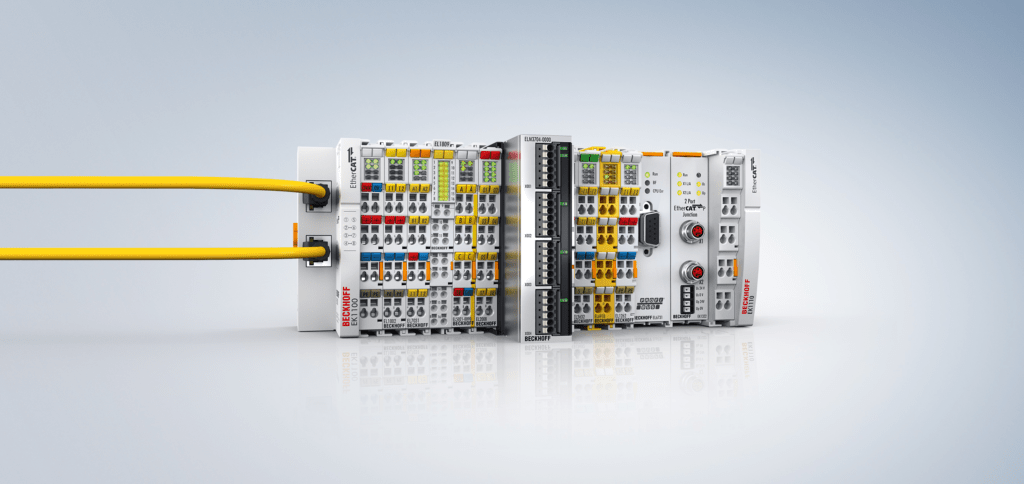
People talk about Smart & Intelligent buildings. But what do Smart Building actually mean, and how does it work?
When we talk about the Smart human, then how are they different from others? Smart & Intelligent people not only imply reasoning at intellectual level and depend upon the application of the logic but go much beyond that. They go through the understanding of rational & emotional states of mind, gather internal & external information, coordinate with others, understand their concerns and short-comings, analyze all the accumulated information and then take appropriate & relatively quick decisions.
This is how SMART buildings or cities of future are expected to perform. They should be able to co-relate with human thinking process and take suitable decisions without or minimal human intervention. In a nutshell, SMART buildings or cities apart from providing the shelter should also provide human beings a safety factor, comfort, minimize their efforts and over a period of time pay them back in the form of operational cost savings.
How do we achieve SMART buildings or cities? It’s simple. When we talk about human body a brain is a most complex organ. It controls all the voluntary/ involuntary movements of a body. It senses through sensory system and then communicates with each part of the body through nervous system.
In a way what brain is to human being, an efficient, open, flexible, modular control system is to SMART buildings. Sensory system within the body can be correlated to sensors and edge devices spread across the buildings and wide campuses. Nervous system can be compared with wired or wireless means of communi-cation within the buildings. There is always a seamless communication happening between field devices and control system. Control action is initiated accordingly by the control system.

Expectations from SMART Buildings?
Apart from taking care of various automation factors of the buildings like Ventilation & air conditioning, Cooling/ Heating, Energy monitoring, Water metering, lighting control, Water management, plumbing activities, 3rd party integrations like Fire Alarm, Access control, CCTV Surveillance, Parking Management, Lift Integrations etc a Smart building management system must have a facility to capture the humungous data that building generates, store it, and retrieve it for analysis purpose as and when required. This data can be utilized for comparing current energy data with the past data. This will help to understand and control energy over/ under usage, thus saving If a meeting is scheduled then intelligent building could suggest a workplace or a conference room available within a building or premise. Switch ON the lights and air conditioner just before the meeting starts and switch OFF the equipment after last person leaves the room. It could ensure the room is illuminated with right mix of lights not too dark and not too bright, something comfortable to human eyes and brain.

If an intelligent building Automation system is capturing the data then why not utilize it in a proper way. It would be ideal if data about a person leaving the office is shared beforehand with a taxi service provider, so that a cab is waiting at the building exit for the passenger. This could save a substantial time and effort of a person.
Importantly the building should breathe. One of the most important task of a SMART building is to keep the building ventilated. It should have a capability to inhale the fresh air and exhale the stale air out of the building. This not only helps occupants to stay healthy but also take care of well-being of the building equipment thus increasing an overall life span of the equipment.

Modern generation has become very conscious about their lifestyle and love to keep their body and mind agile & healthy. In the similar way buildings and cities can also be made healthier and agile by introducing a control system that is Open protocol based (no dependency on any OEM, communication protocol or system installer) & Modular (space saving and easy to place at any location within a building, premise or a campus).
BECKHOFF Automation Pvt. Ltd
Web : www.beckhoff.com






